Claudio Chair by Arquitectura-G
Product news: the repeating arches of these colourful chairs designed by Spanish architecture studio Arquitectura-G were inspired by the use of forced perspective in Renaissance paintings.
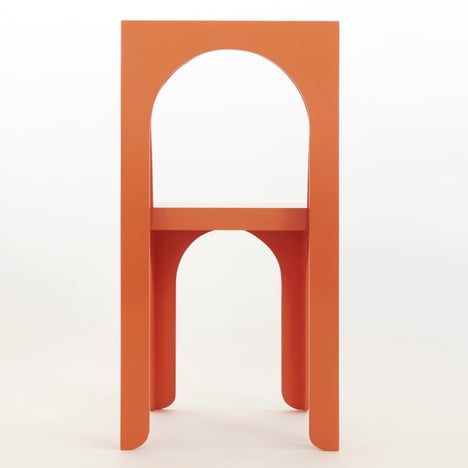
The Claudio Chair by Arquitectura-G has a seat that narrows at the front, bringing the front legs closer together.
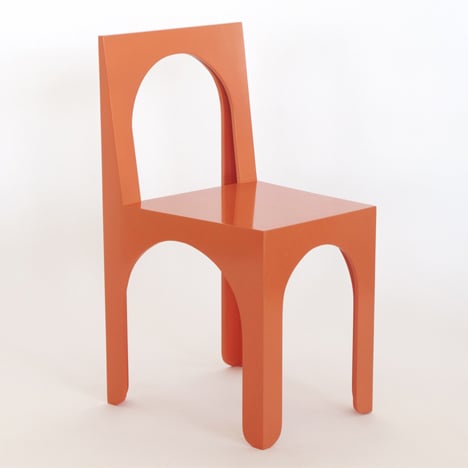
When you view the chair from the back, you can see its front legs as well, an effect that creates a false vanishing point.
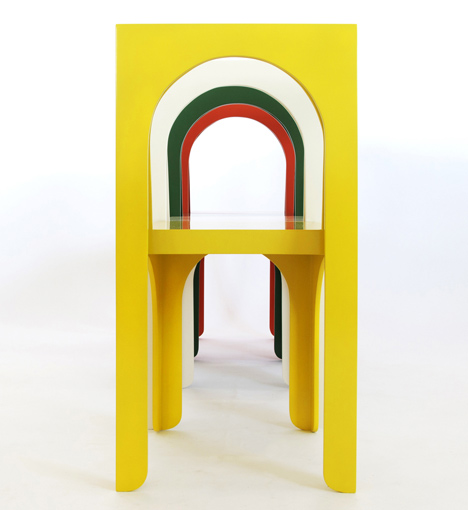
As well as the four colours in production, the designers have launched a series of 43 one-off chairs, each in a different colour, which can be placed side by side to form a full circle resembling a colosseum (see bottom image).
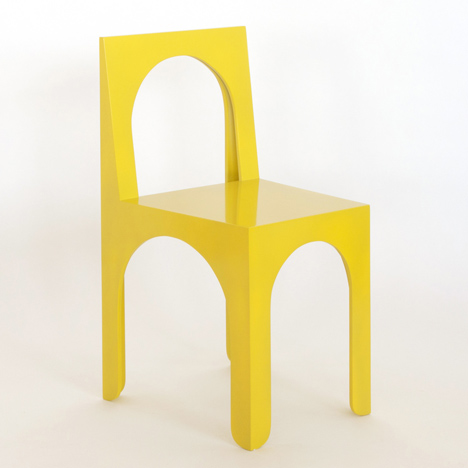
We previously featured a couple of architectural projects in Barcelona by Arquitectura-G – an apartment renovation with built-in mezzanine levels and another apartment with sliding and folding doors between each room.
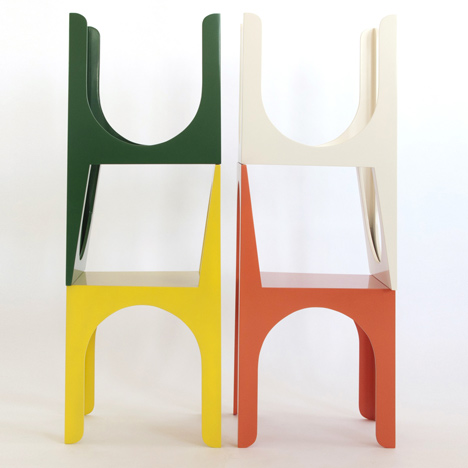
See all our stories about chairs »
See all our stories about Arquitectura-G »
Photographs are by Arquitectura-G.
Here's some more information from the architects:
INDOORS is a section of the architecture office ARQUITECTURA-G. It focuses on the interior rearrangement of the urban apartment, suiting it to the contemporary dwelling culture. With the very same philosophy, INDOORS also produces its own furniture, Claudio chair being part of it.
The starting point of the Claudio chair’s design is the arch as an element and its repetition. The arch, traditionally related to heavy solid construction rather than to the framework, is here decontextualised, using it in a small scale piece made out of thin wood planes.
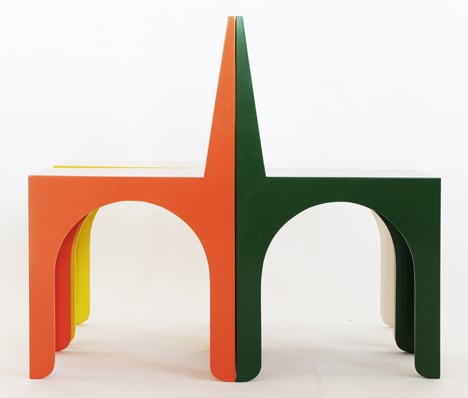
The lower part of the legs is rounded so each one only leans on a single point. Then, the legs make up an L-shaped cross-section which transforms into arches in each plane, making the joints under the seat stiff. To form the back, the rear arch grows without touching the seat – a horizontal plane that reinforces the categorically geometrical character of the piece - until it reaches the proper height.
The trapezoidal form of the seat breaks the formal purity of the whole, giving in exchange a fake illusion of vanishing point, in the same way as the forced perspectives of the Renaissance and the paintings of Chirico.
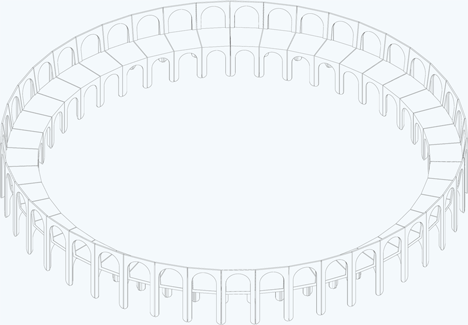
Material: Lacquered MDF
Design: ARQUITECTURA-G
Edition: INDOORS
Design year: 2012